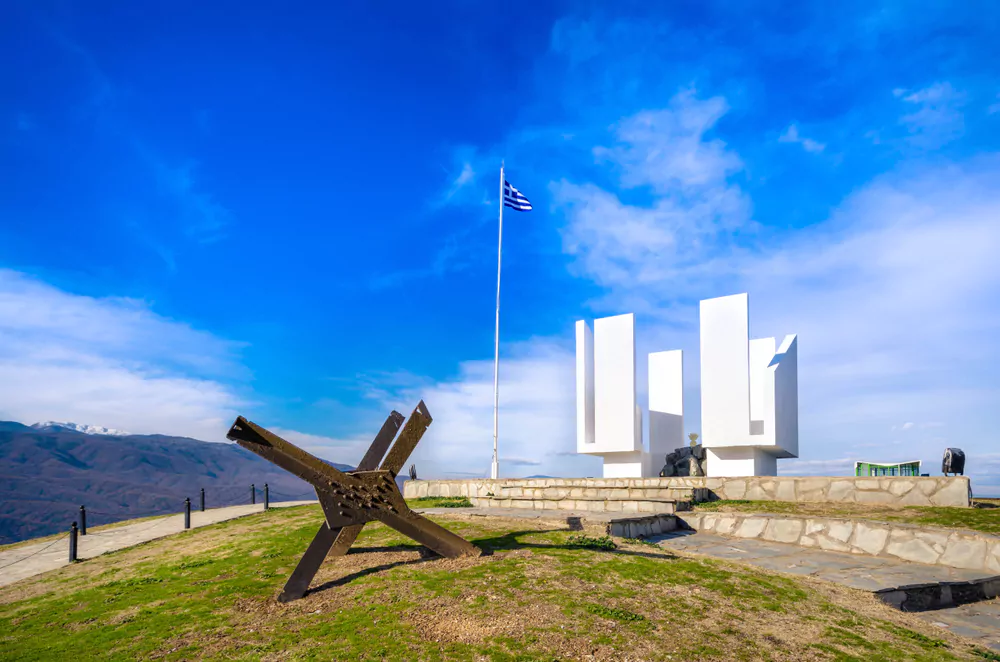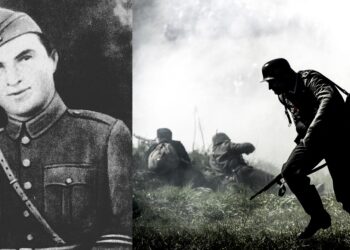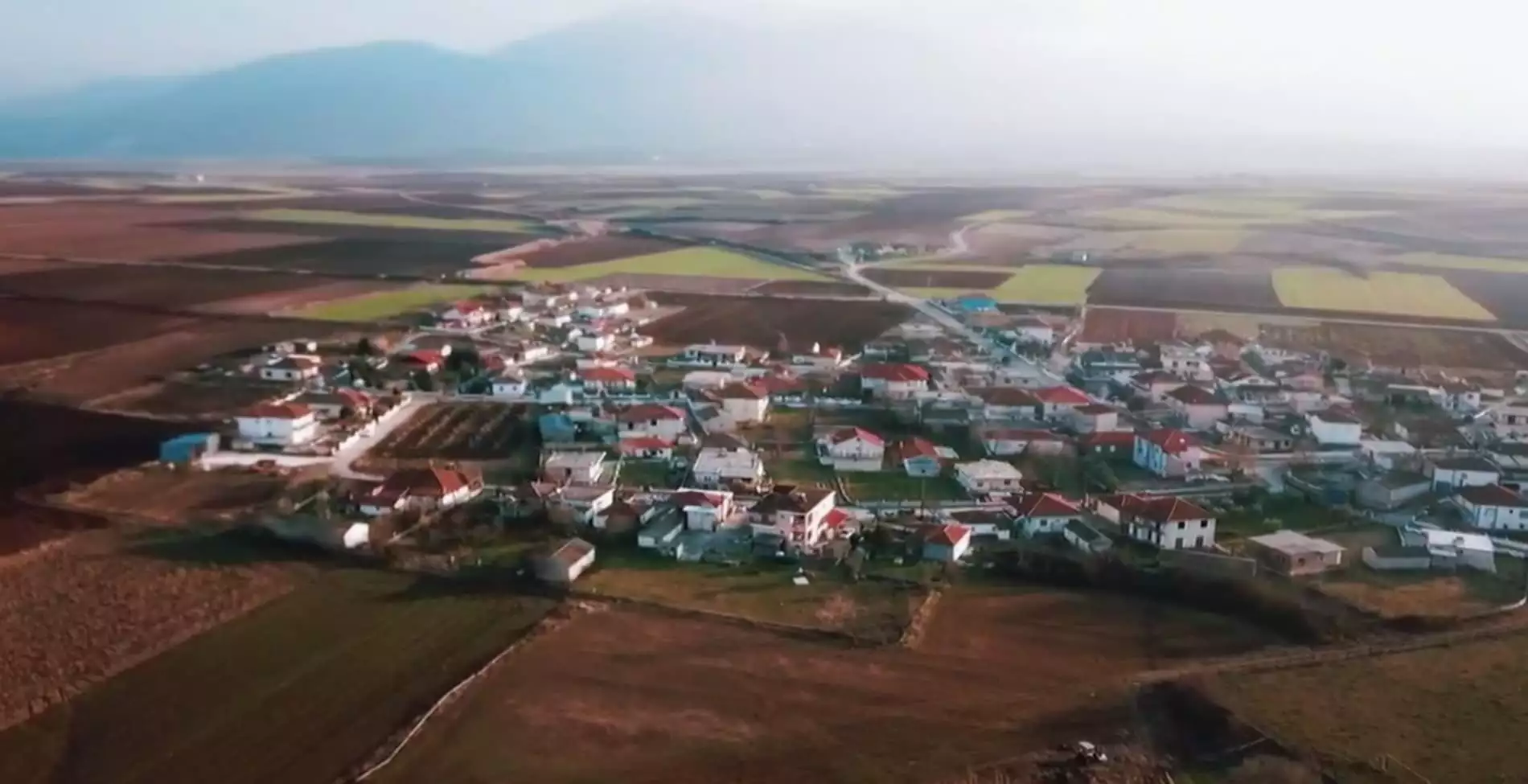Modern Greek history has been written in cities and villages, all over Greece. In Northern Greece, as in other areas, resistance against the Nazi troops was organized, while there it still exists today as one of the most important defensive points of World War II, Fort Roupel. It is the largest of all the forts of the “Metaxas line” in which great and historical moments of Greece were written. That is why the famous phrase that still exists today at its entrance was said, which says: “Forts do not surrender, but are occupied“. Fort Roupel is one of the most important monuments of World War II that is worth visiting and taking an imaginary trip to the past and the great battles that were fought for our freedom.
Fort Lisse: The pride of the “Metaxas Line” that did not fall from the Nazi forces
Fort Roupel: The legendary monument – a symbol of the struggle of the Greeks in the ’40s
The legendary fortress of Roupel in the area of Serres was the Complex which was the defensive protection of an entire area for the prohibition of passage along the axis Kresna – Roupel. The fort is essentially a large complex that extends on a front of 2,500 meters. Built at 1,339 meters, it included during its operation 123 active shelters, transport galleries of 4,251 meters, and large underground spaces.
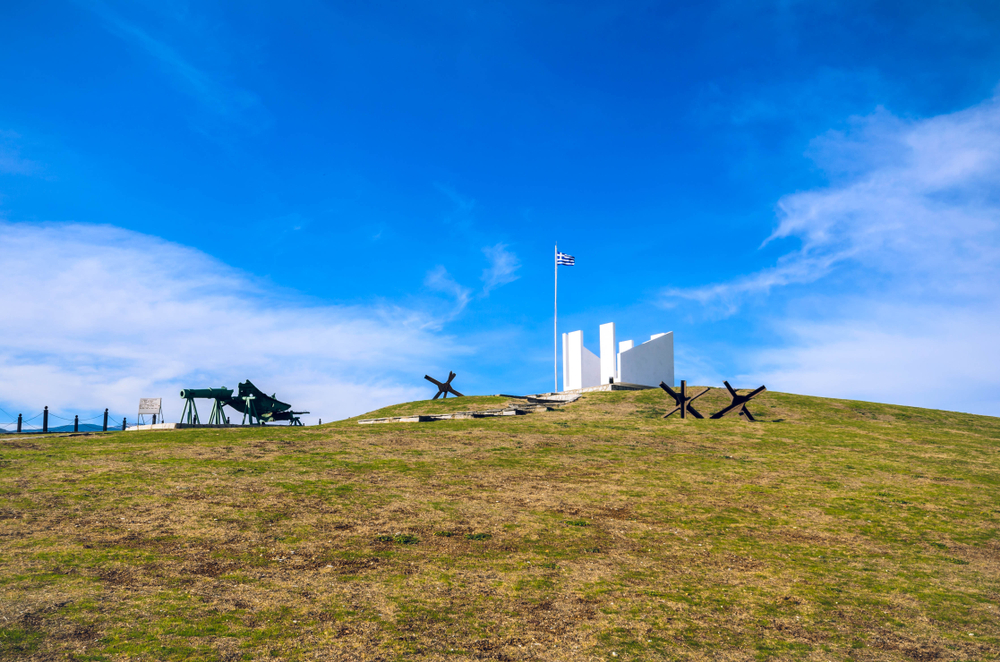
The fort, spanning an impressive 6,000 meters, served as a robust stronghold for troops and storage of supplies. Its origins trace back to World War I, when it fell under the control of the German-Bulgarian alliance. As the 1930s rolled in, discussions regarding its fortification became increasingly prominent.
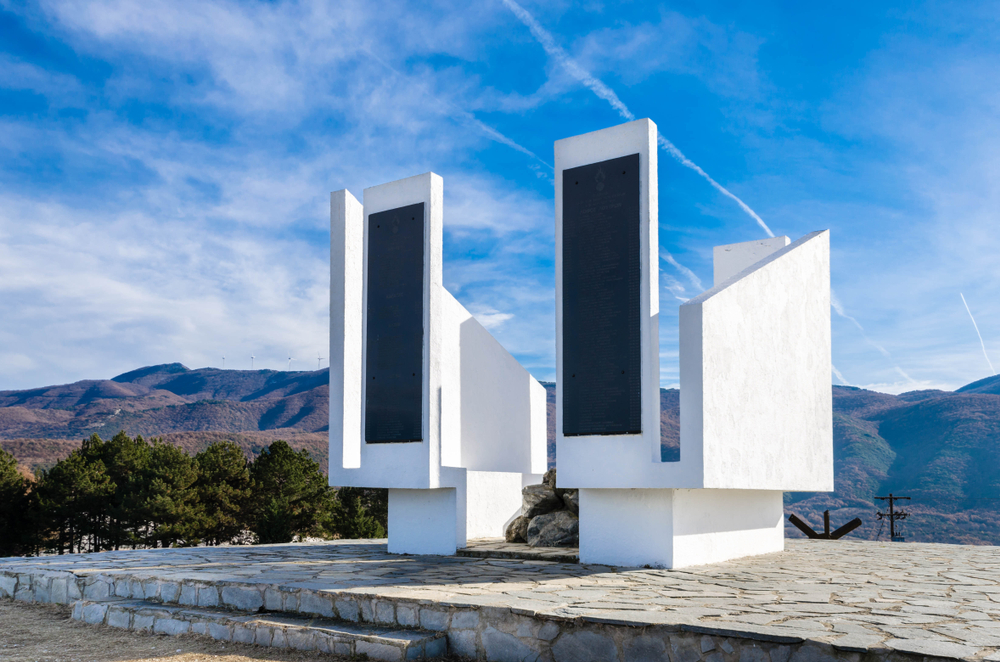
The total garrison at Fort Roupel reached 1,397 men, while around it there were only eight guns in well-hidden locations. It was a small force compared to the armored German forces. Their equipment was far superior not only numerically but also technologically to the Greeks.
The historical events of April 9, 1941, and the phrase “Forts do not surrender but are occupied”
This is how April 9, 1941, arrived and the events that marked Fort Roupel. The German attacks lasted four days with 14 dead and 38 wounded soldiers fighting with self-sacrifice. At dawn on 10 April and after capitulation, the commander received a ceasefire order from the General Headquarters and the German colonel received Fort Roupel. He even congratulated the commander for the resistance and heroism of the Greek soldiers.
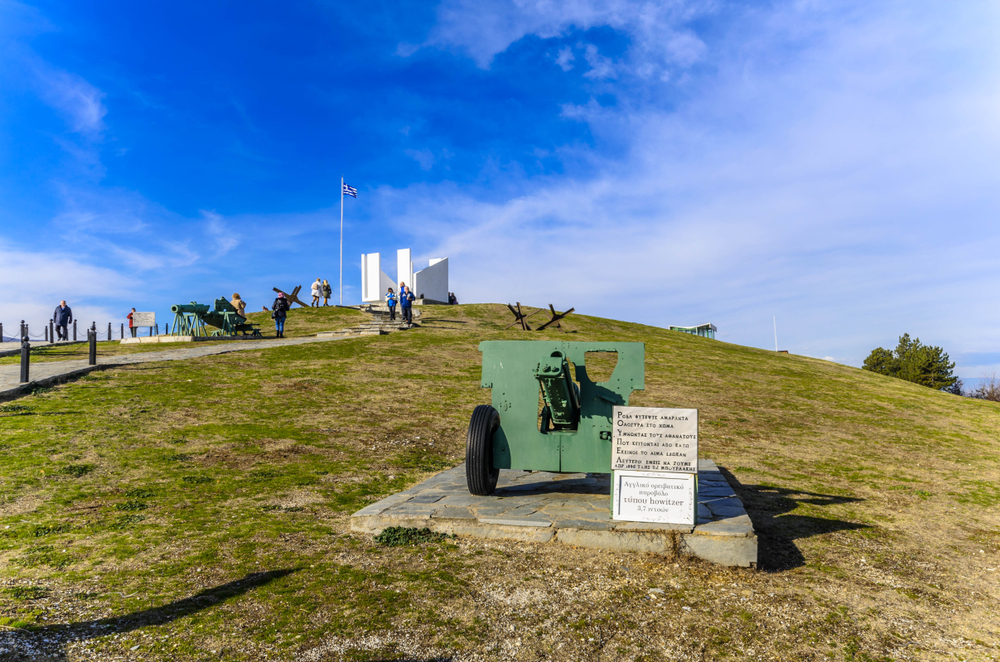
Despite the capitulation, however, some of the machine guns at Fort Roupel continued to fight. This happened to the P8 machine gun led by Dimitrios Itsios. The words of Lieutenant Colonel Douratsos went down in history. He characteristically said, “Forts do not surrender but are occupied.” These historical words of his can be found at the entrance of the arcade today, attributing the magnitude of the heroism of the Greek soldiers.
Fort Roupel is today a monument and an attraction of bravery and bravery of the Greeks who stayed there until the end to ensure the freedom of all Greeks.


